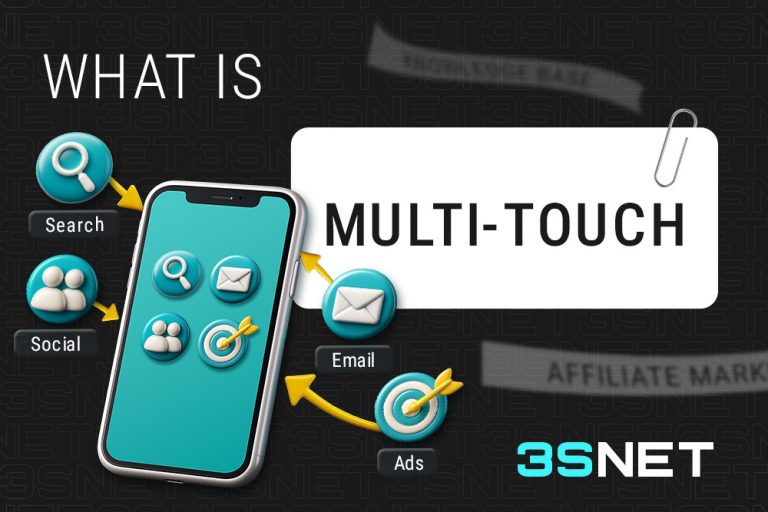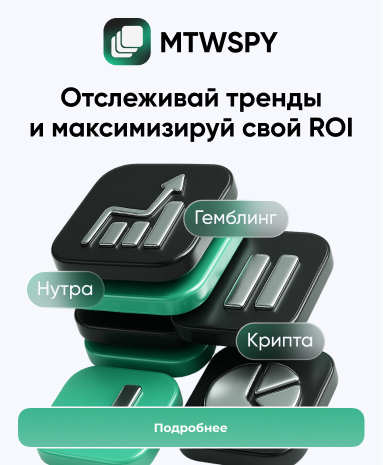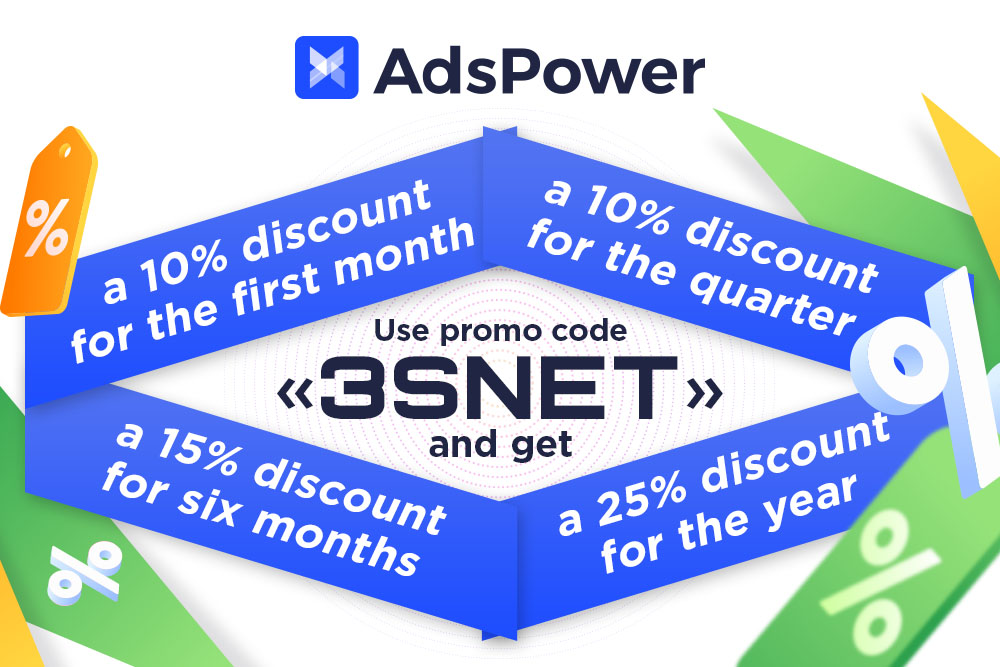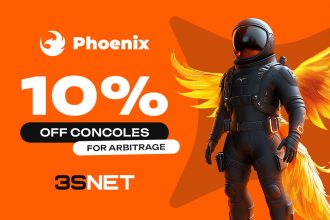
Publication date: 27 October 2025
Multi-touch Attribution (Omnichannel Attribution) enables affiliates to track the entire user journey—from the first click to conversion—and accurately evaluate the contribution of each channel, creative, and touchpoint. This is especially crucial for complex offers, long funnels in sports betting and iGaming, and international GEOs with multiple traffic sources. What is attribution? Learn more on 3S.INFO
- Before launching, check the latest conditions and statistics for your target regions in the GEO reviews on 3S.INFO.
When Multi-touch Attribution Is Essential
This model is necessary if you:
- work with complex CPA offers where users interact with landing pages, pre-landers, social media, and remarketing campaigns;
- have long conversion paths involving multiple touchpoints;
- want to identify which creatives generate initial interest and which drive deposits or registrations.
For simple SOI offers with short cycles, Last-click may suffice, but Multi-touch provides a complete view of traffic performance and media mix efficiency.
How to Set Up Multi-touch in a Tracker
Modern trackers like Binom or Keitaro allow you to configure Multi-touch by:
- capturing all user touchpoints from the first visit to conversion;
- setting conversion windows and rules for repeat visits;
- choosing a weight distribution model (Linear, Time-decay, Position-based, or hybrid).
It’s crucial to accurately pass data from landing pages, banners, social media, and pre-landers so the tracker can precisely allocate revenue share among publishers.
Key Multi-touch Attribution Models
Different attribution models distribute budget value among channels according to the funnel’s specifics. Key models include:
Linear
- Evenly distributes credit across all touchpoints;
- Useful when every interaction has roughly equal value;
- Example: banner → social media → search, each touchpoint gets equal contribution to conversion.
Time-decay
- Gives more weight to later touchpoints;
- Ideal for long conversion paths where the last interactions drive decisions;
- Example: push notifications or remarketing banners often have a stronger impact on deposits.
Position-based / U-shaped
- Assigns more weight to the first and last touchpoints (e.g., 40%-20%-40%), with middle touches weighted less;
- Great for short-cycle offers where it’s important to credit both initial interest and final clicks;
- Compared to Last-click: U-shaped shows influence across all channels, not just the final one.
Benefits of Multi-touch Attribution
Implementing multi-touch attribution gives you full control over traffic performance. You can identify creatives that spark initial interest and see which touchpoints drive conversions, including remarketing. This allows you to accurately allocate revenue share among publishers, optimize your media mix, and build a data-driven scaling strategy rather than relying on guesswork.
- Learn more about Revenue Share with 3S.INFO guides: check the article “How to Reduce Risks When Working with RevShare” and “RevShare: Full Definition and Calculation Models“.
Attribution Model Comparison for iGaming Verticals
| Model | When to Use | Verticals |
| Last-click | Short cycles, simple offers | SOI, quick offers |
| Linear | All touchpoints roughly equal | iGaming, CPA long funnels |
| Time-decay | Long paths, last touches matter | Sports betting, crypto offers |
| Position-based / U-shaped | First and last touch credited | iGaming, short-cycle offers |
Challenges of Multi-touch Implementation
Multi-touch attribution is not just about data—it involves technical challenges. You need to track every touchpoint and link it to conversions. Properly setting conversion windows is another common issue. In a cookieless tracking environment, server-side solutions and BI analytics are often required.
Multi-touch Attribution as a Profit Growth Tool
Multi-touch attribution allows affiliates to shift from guesswork to precise, data-driven campaign management. The right model shows which creatives and channels truly perform, how revenue is distributed, and where traffic should be scaled.
In iGaming affiliate marketing (online casinos and sportsbooks), Multi-touch helps increase profits, reduce costs, and maintain transparent publisher relationships.
FAQ
What is multi-touch attribution?
Multi-touch attribution tracks all user interactions with ads before conversion, not just the last click. It maps the full journey: which banner caught attention, which creative sparked interest, and which remarketing touch drove deposits or registrations. Without multi-touch, you see only 10% of the picture and optimize campaigns blindly.
Why is multi-touch better than traditional Last-Click?
Last-Click gives 100% credit to the final click, ignoring prior interactions. Multi-touch shows the entire funnel, allowing investment in growth sources (first touches, engaging creatives) rather than only final channels. For example, premium traffic may create initial interest, while cheap push campaigns merely close the conversion.
Which multi-touch model should iGaming affiliates use?
For long iGaming funnels (deposit → play), Time-decay works best for betting and casino offers. It gives more weight to touches immediately before conversion (remarketing, reminders), accurately reflecting player decision-making. For fast SOI offers, the Linear model often suffices, where all touches are equally weighted.
Is multi-touch attribution difficult to implement?
It’s more complex than Last-Click but manageable. The main challenges are tracking all touchpoints and setting conversion windows. Start small: implement multi-touch for 1–2 key offers using Binom or Keitaro, which already capture all touch data—you just need to activate the feature and configure postbacks.
Is multi-touch worth it for small budgets?
For budgets under $1,000/month, setup complexity may outweigh benefits. Start when spending $2,000–3,000/month, where optimizing each channel has a tangible financial impact. First, ensure stable ROI with Last-Click, then move to multi-touch for targeted scaling.
Share it with your friends via favorite social media


















